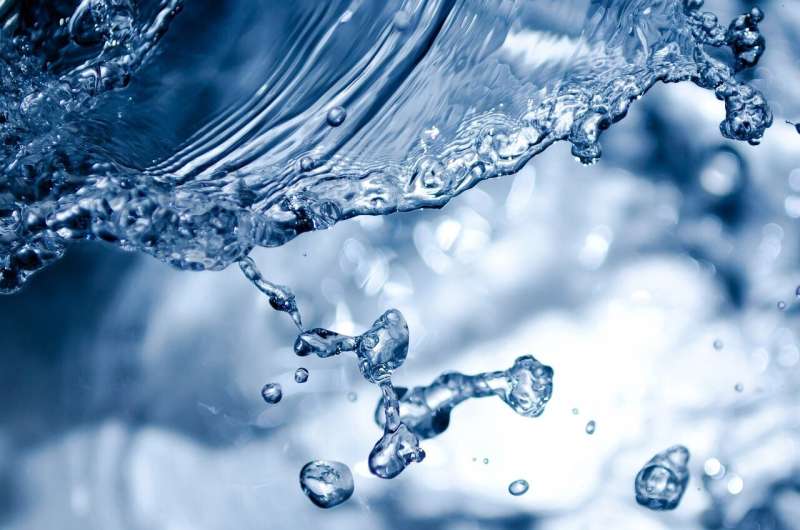How viruses and bacteria can reach drinking water wells

Induced bank filtration is a key and well-established approach to provide drinking water supply to populated areas located along rivers or lakes and with limited access to groundwater resources. It is employed in several countries worldwide, with notable examples in Europe, the United States, and parts of Africa. Contamination of surface waters poses a serious threat to attaining drinking water standards. In this context, human pathogenic microorganisms such as some viruses and bacteria, originating from the discharge of wastewater treatment plants, form a major contaminant group. A detailed study at an induced bank filtration site along the Rhine river in Germany has now linked transport of bacteria to seasonal dynamics. Key results of the study show that floods should be considered as particular threats, because they can reduce the purification capacity of bank filtration, thus leading to an increase in the concentrations of bacteria in groundwater. Changes in properties of the riverbed sediments over the course of a year can markedly influence the purification capacity of bank filtration and these dynamics may need to be considered in risk assessment practices.
Toolbox for Waterworks Operators
A project led by Prof. Dr. Irina Engelhardt, who teaches hydrogeology at the TU Berlin, aims to enhance our understanding of bank filtration processes and to improve predictive capabilities of models describing transport of microorganisms in bank filtration. Model-based tools are developed to enable waterworks operators to assess more accurately the purification potential of their bank filtration plants with regard to microorganisms. Partners collaborating to the research include Prof. Dr. Alberto Guadagnini and Prof. Dr. Monica Riva from the Dipartimento di Ingegneria Civile e Ambientale of the Politecnico di Milano.
First results of the cooperation were recently published in an article titled "Uncertainty analysis and identification of key parameters controlling bacteria transport within a riverbank filtration scenario" in the international journal Water Resources Research.
Uses in Germany and in Italy
More than 100 bank filtration plants are spread across Europe, mostly located in Northern and Central European countries (particularly in Germany, The Netherlands, France, and Finland). In Germany, drinking water production by induced bank filtration is regionally significant. For example, about half of the drinking water in Berlin is obtained by this method. In contrast, induced bank filtration is not widespread in Mediterranean countries. In Italy, an example can be found in Lucca (Tuscany) along the Serchio river. But pressure on water resources in the Mediterranean is increasing due to climate change. Induced bank filtration, as a resource efficient drinking water production method, could become a tool to combat increasing water scarcity in the region.
Uncertainty in numerical model predictions
For drinking water production by induced bank filtration, groundwater extraction wells are placed near rivers or lakes. These wells mainly yield so-called bank filtrate, corresponding to water that flows from the surface water body to the well which is naturally purified by the underground migration. Human pathogens are affected by a complex system of processes during their migration through the aquifer and their concentrations tend to decrease in time because these are partially retained on the sediment grains and can also naturally lose their infectivity. A critical operational question for waterworks operators is: how strong is the purification effect of bank filtration, or, in other words, how much can nature reduce the concentration of microorganisms?
The research has highlighted the role of the main factors influencing these effects. These include, for example, groundwater flow velocity, temperature, and the mineralogical composition of the subsurface. Furthermore, it is shown that the transport behavior depends on the microorganism species considered. As a result, predictions about migration of microorganisms in groundwater are subject to a high degree of uncertainty. The research offers a powerful and flexible tool to quantify and possibly control such uncertainty to increase confidence in the purification effect of bank filtration.
More information: Dustin Knabe et al, Uncertainty Analysis and Identification of Key Parameters Controlling Bacteria Transport Within a Riverbank Filtration Scenario, Water Resources Research (2021). DOI: 10.1029/2020WR027911
Journal information: Water Resources Research
Provided by Politecnico di Milano





















